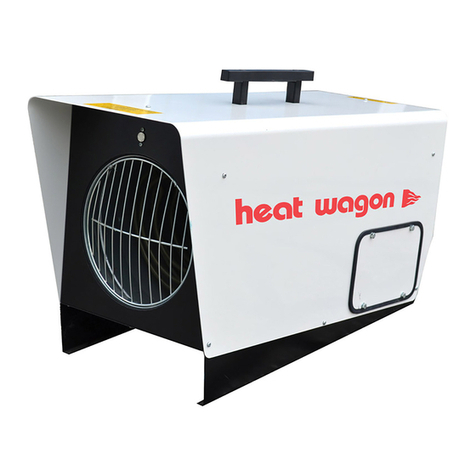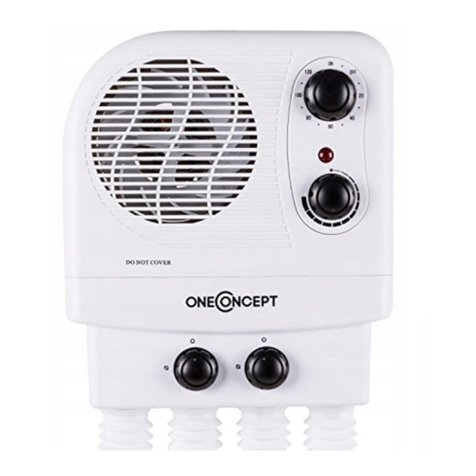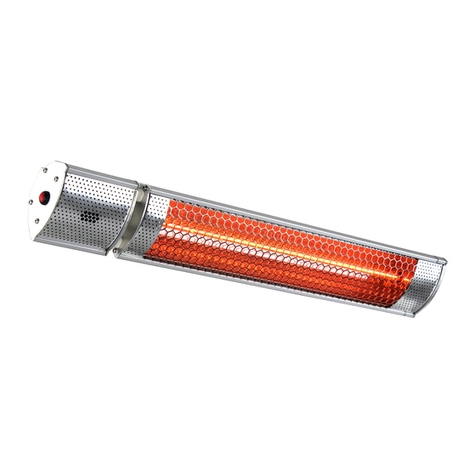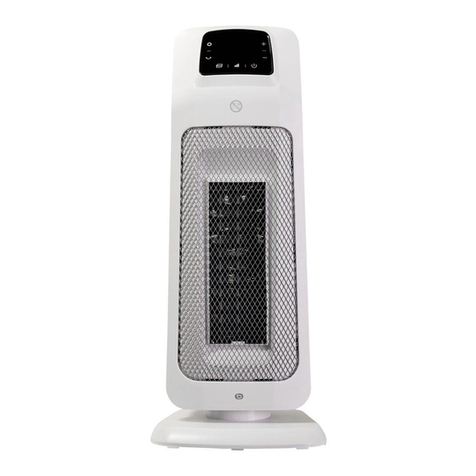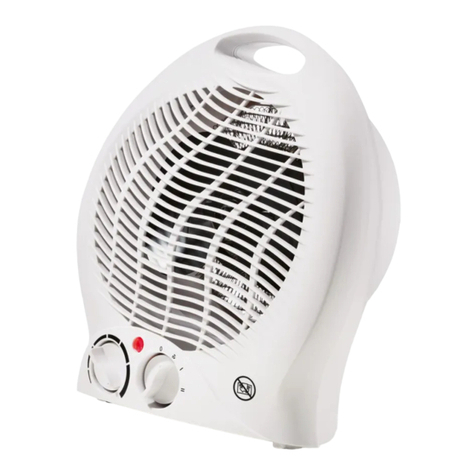Heatwagon VG1000 Manual




















Table of contents
Other Heatwagon Heater manuals
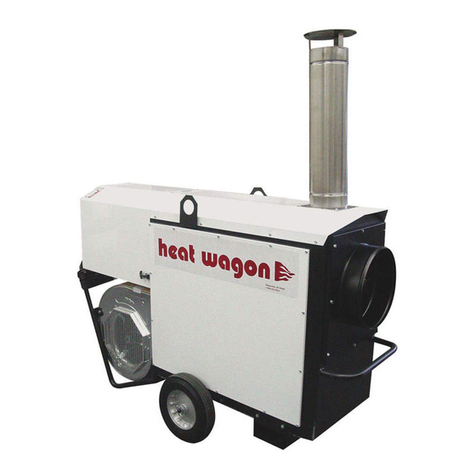
Heatwagon
Heatwagon VG400 Manual
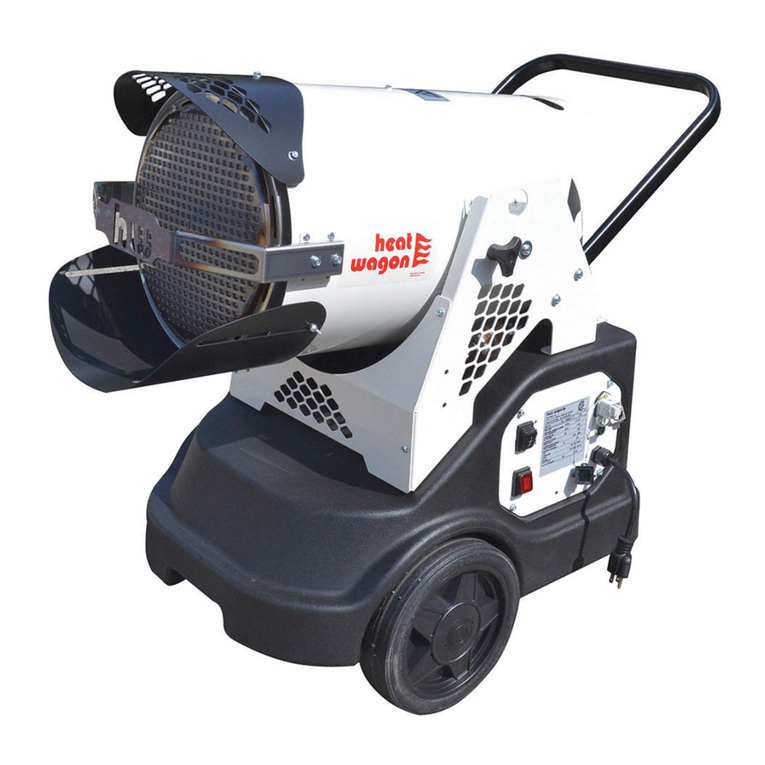
Heatwagon
Heatwagon HRF115 Manual
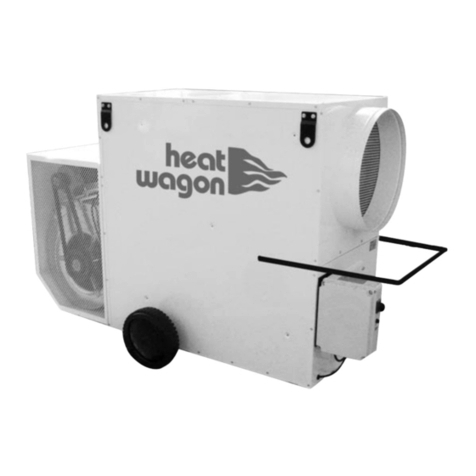
Heatwagon
Heatwagon VG500 Manual

Heatwagon
Heatwagon 1800B(L) Manual
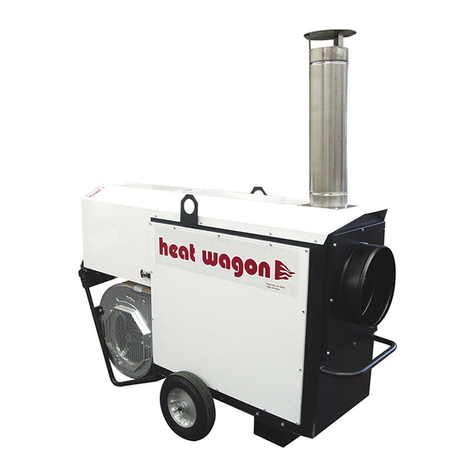
Heatwagon
Heatwagon VF400 Manual
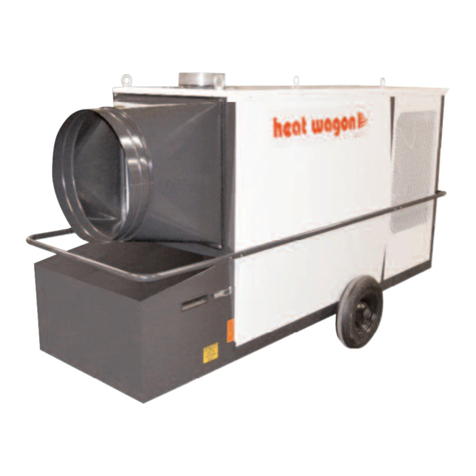
Heatwagon
Heatwagon VG600 Manual

Heatwagon
Heatwagon DG250 Manual

Heatwagon
Heatwagon HVF180 Manual
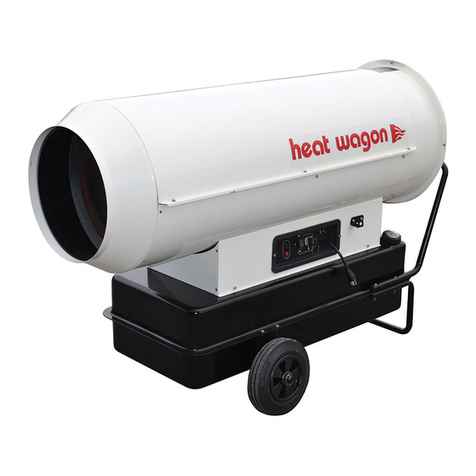
Heatwagon
Heatwagon DF400 Manual

Heatwagon
Heatwagon HVF110 User manual

Heatwagon
Heatwagon S405 Manual

Heatwagon
Heatwagon Jumbo 600 Manual

Heatwagon
Heatwagon 4200 Manual

Heatwagon
Heatwagon 950H(L) Manual

Heatwagon
Heatwagon DG250 Manual
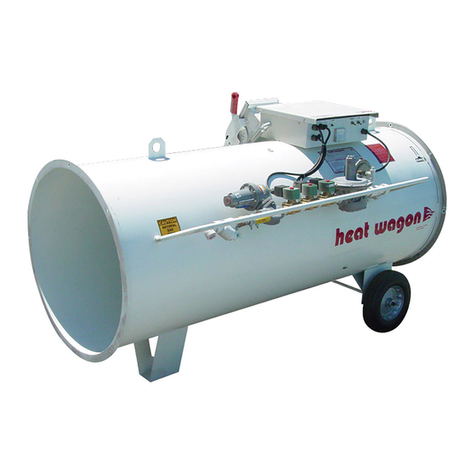
Heatwagon
Heatwagon 2730C Manual
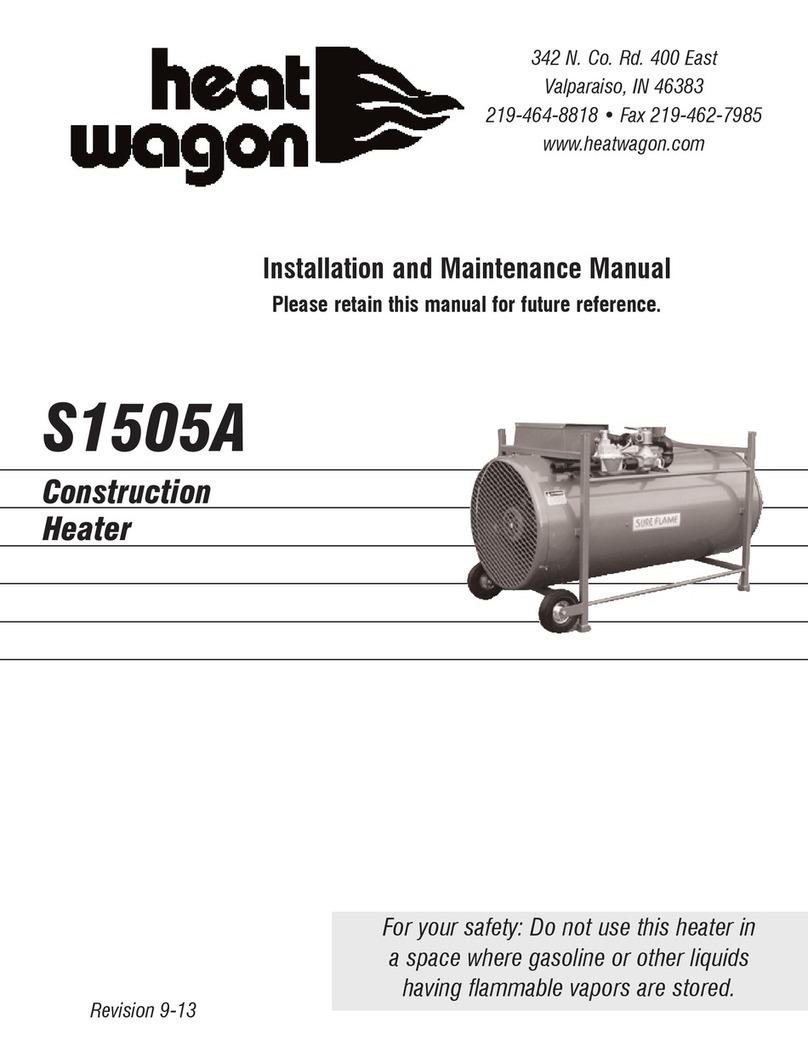
Heatwagon
Heatwagon S1505A Manual

Heatwagon
Heatwagon HVF110 Manual

Heatwagon
Heatwagon HVF210HD Manual
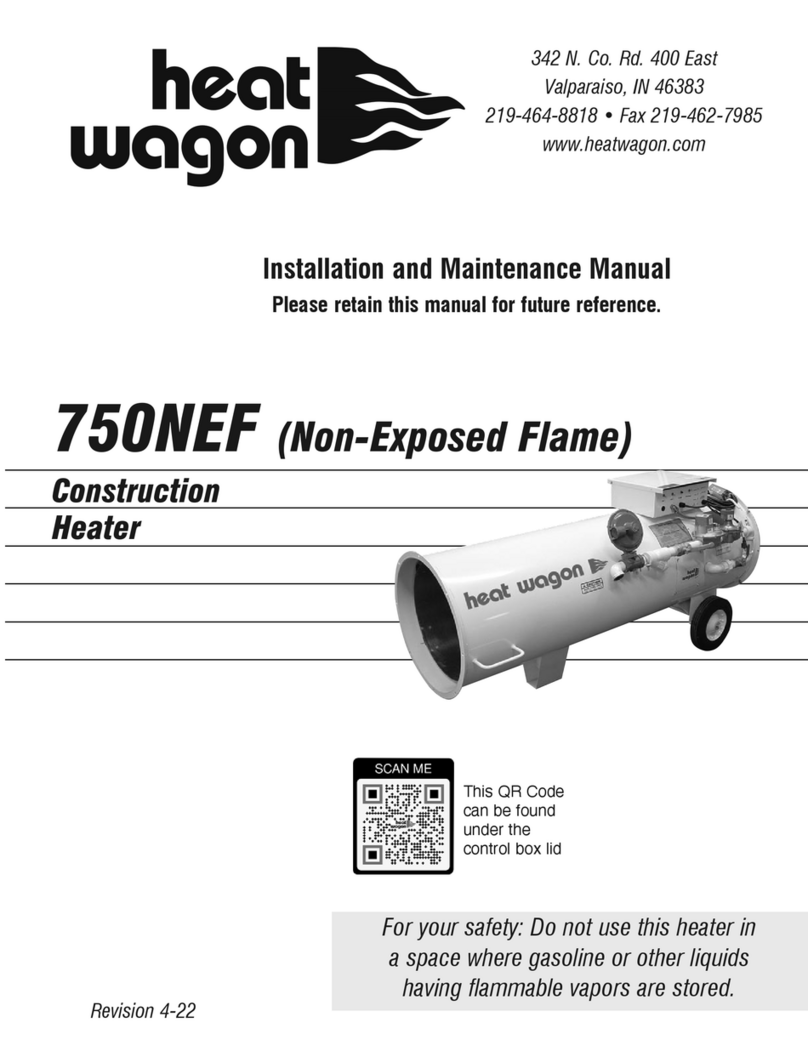
Heatwagon
Heatwagon 750NEF Manual
Popular Heater manuals by other brands
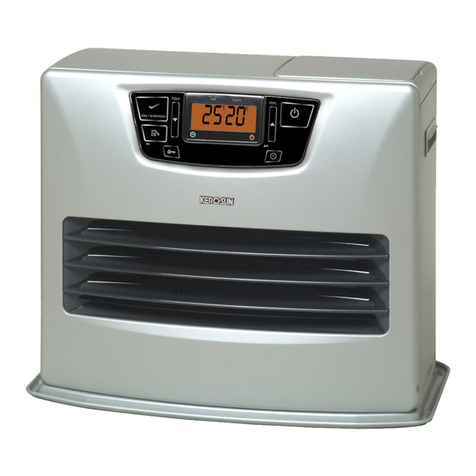
Kero-Sun
Kero-Sun LC-56 instruction manual
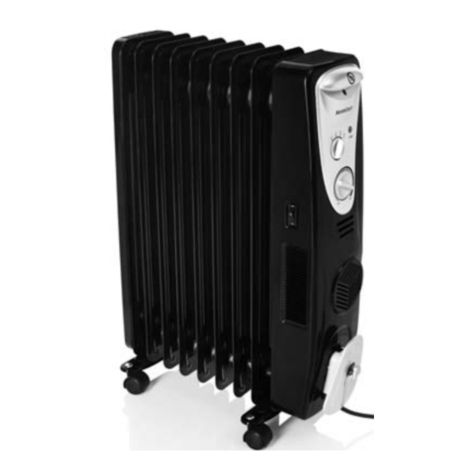
Silvercrest
Silvercrest 90853 operating instructions
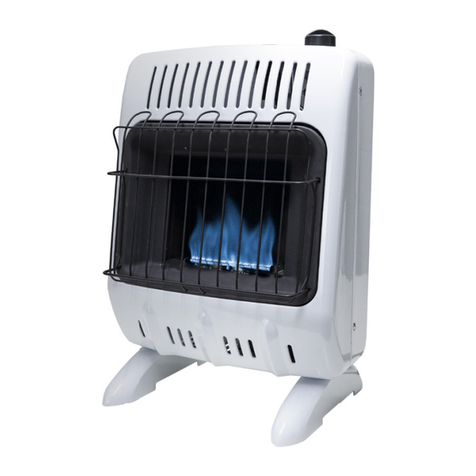
MrHeater
MrHeater MHVFRD10NGT Operating instructions and owner's manual

MrHeater
MrHeater HEATSTAR MHU100NGPALP installation instructions
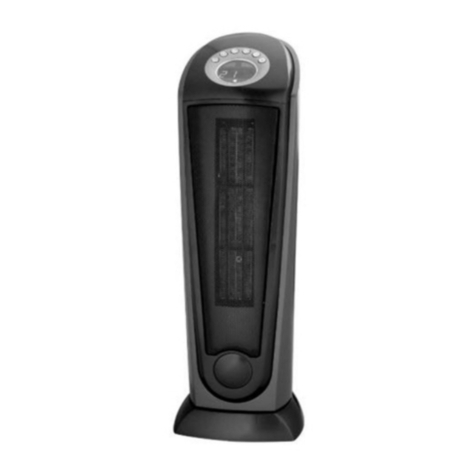
Kero-Sun
Kero-Sun KPT/R 2000 instruction manual
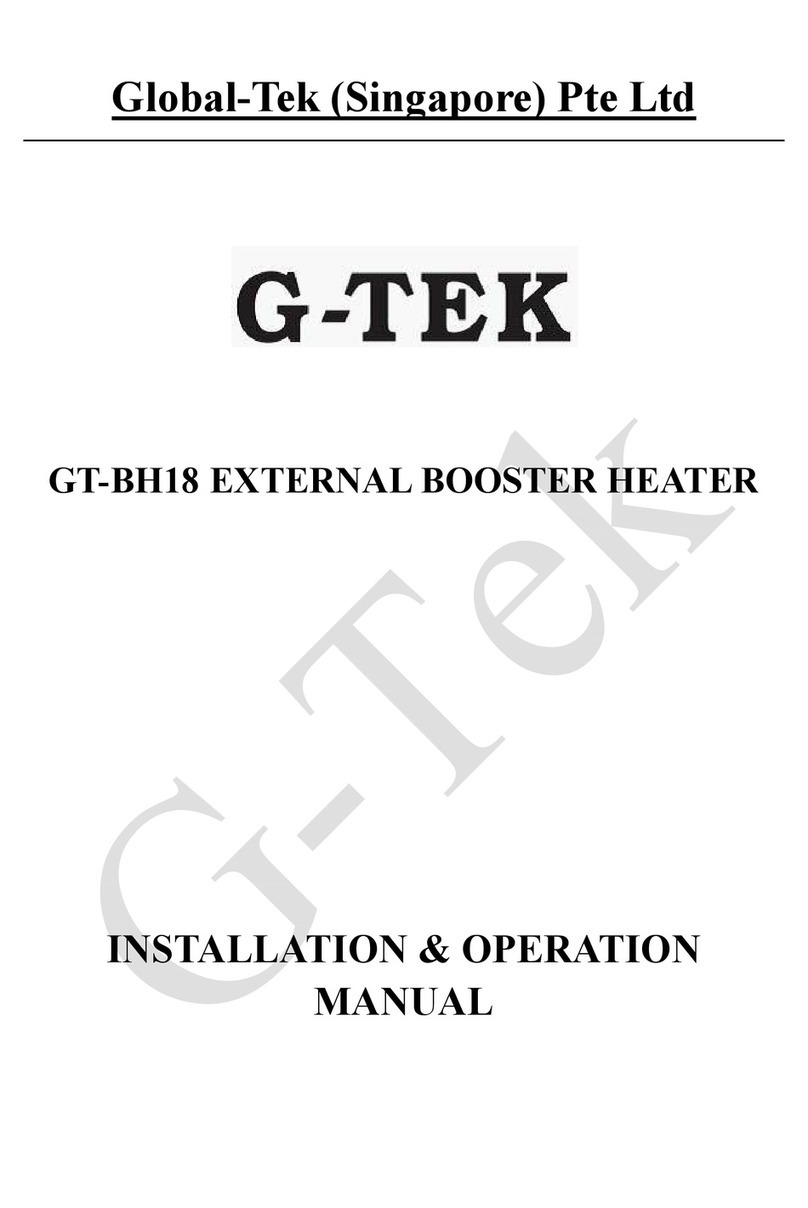
G-Tek
G-Tek GT-BH18 Installation & operation manual
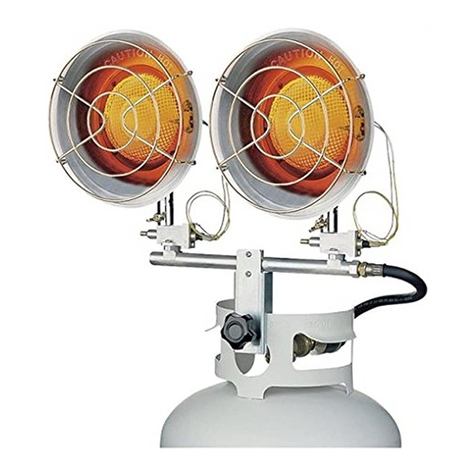
Dura Heat
Dura Heat TT-30D User's manual and operating instructions
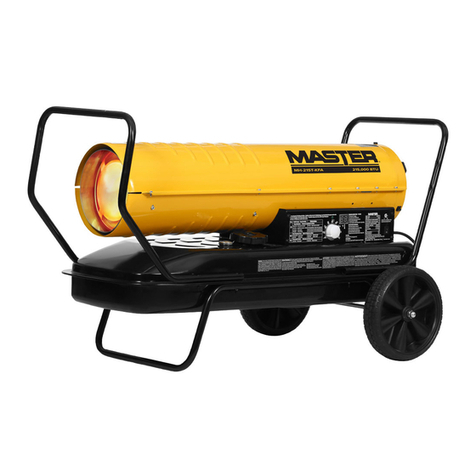
Masterpro
Masterpro MHP-135-KFA User's manual and operating instructions
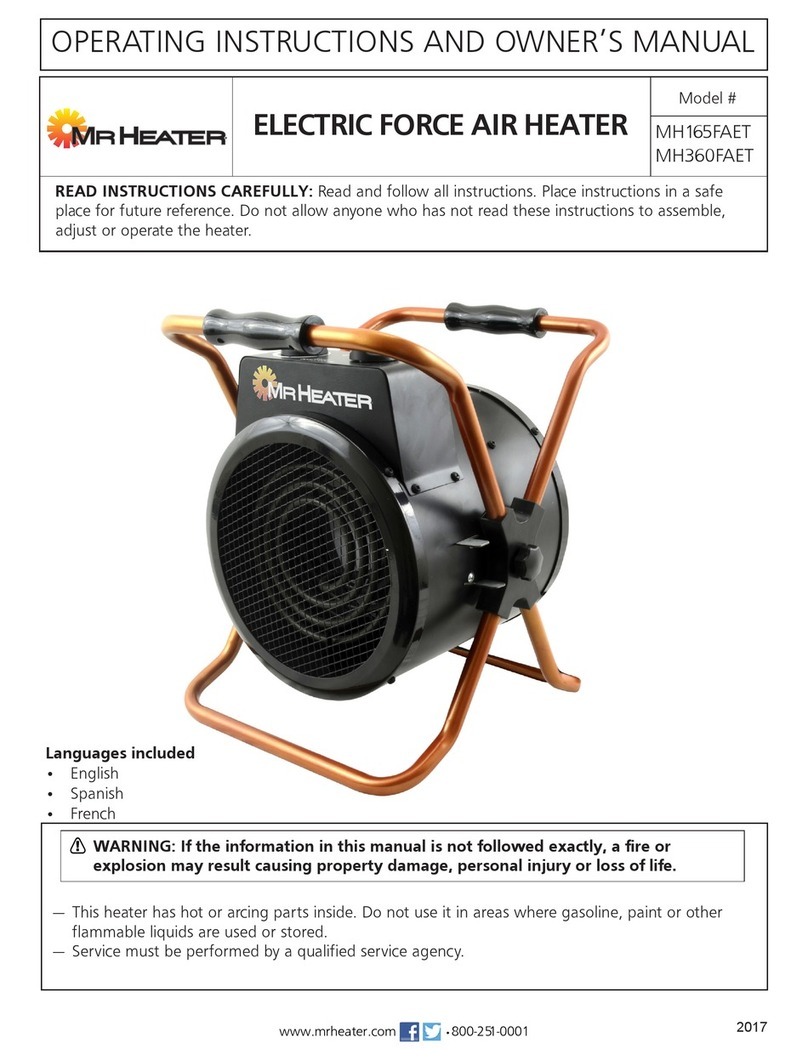
MrHeater
MrHeater MH165FAET Operating instructions and owner's manual
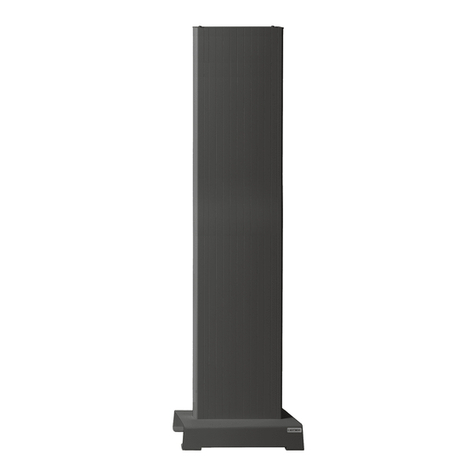
Heat Wave
Heat Wave MOVE 900 instruction manual
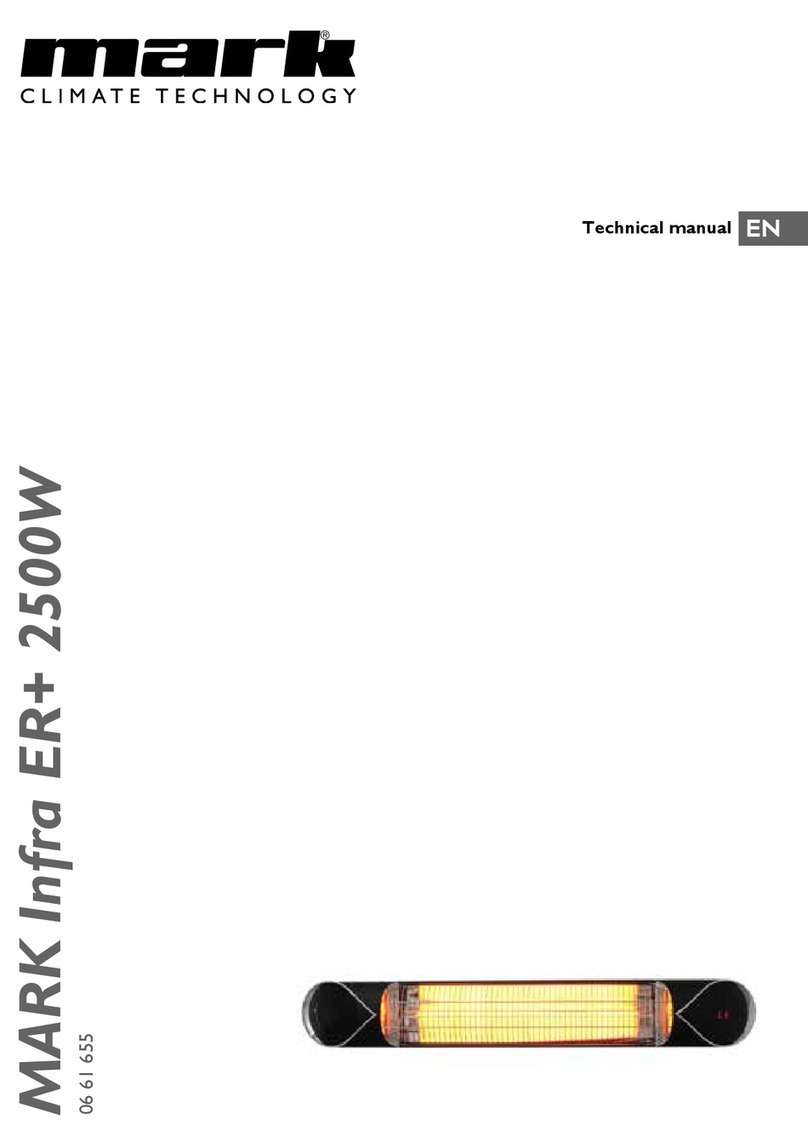
Mark
Mark Infra ER+ 2500W Technical manual

German pool
German pool EFB-426HM user manual



